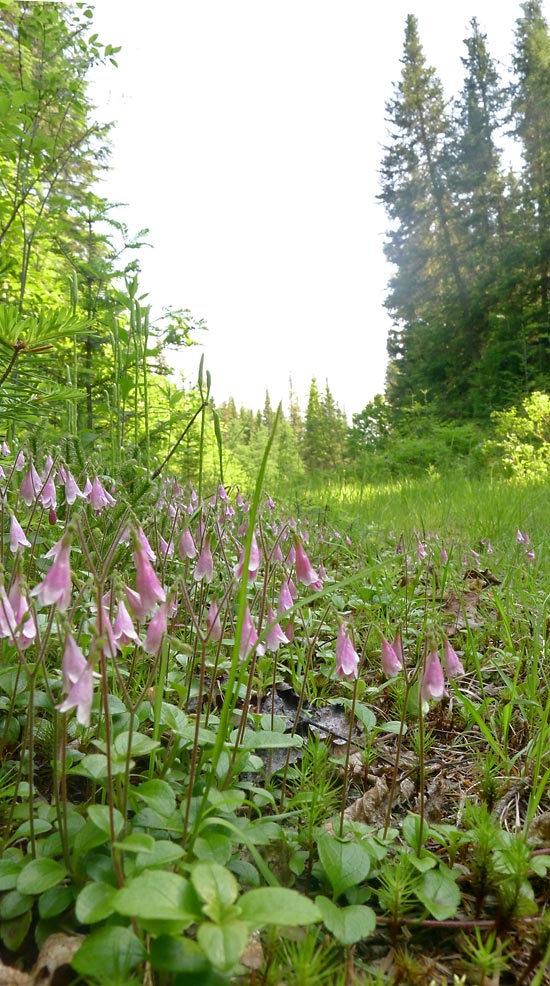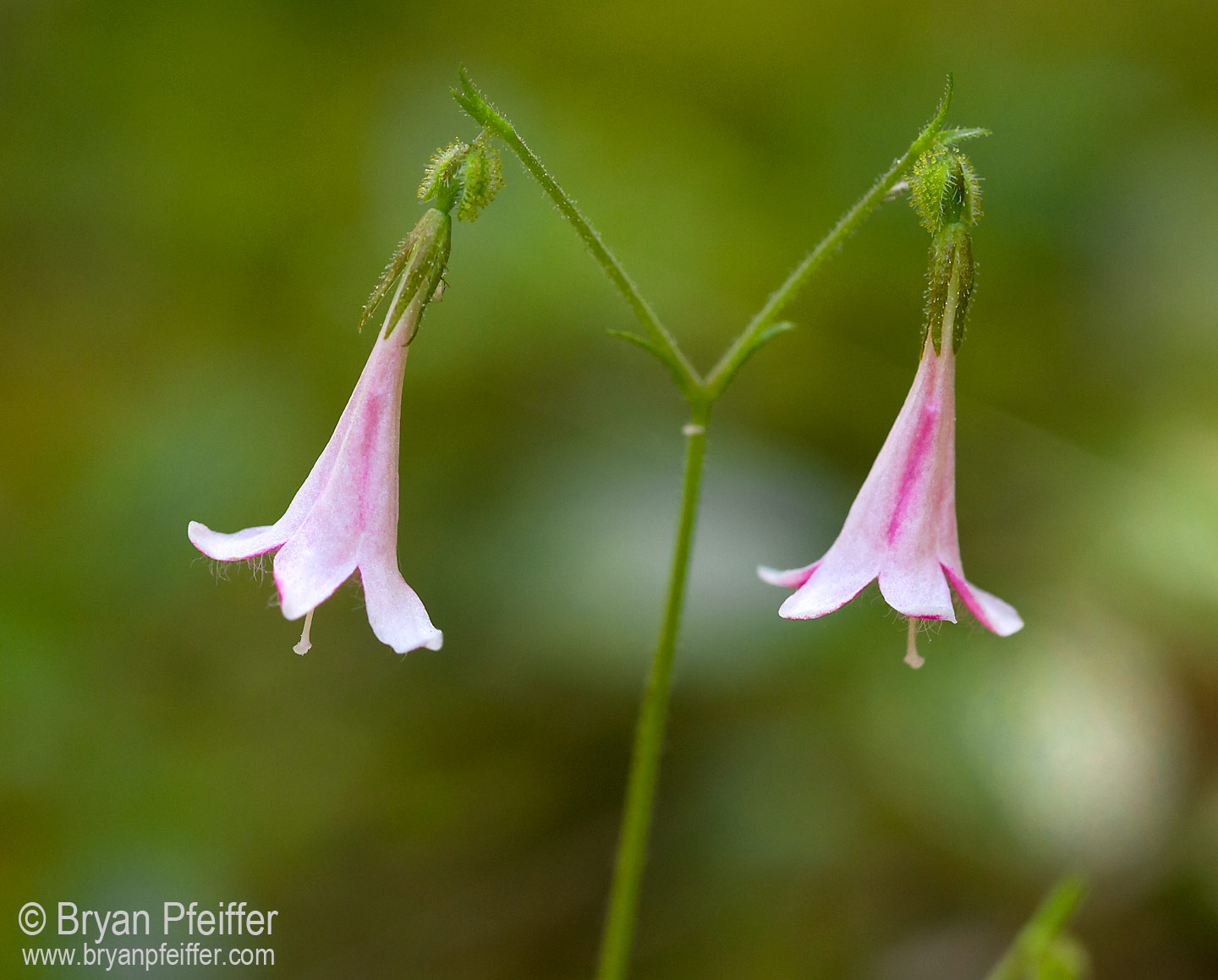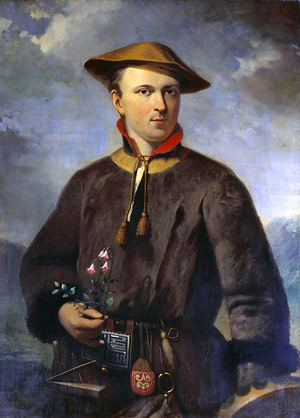The Most Elegant Plant in the Woods
IN THE STRUGGLE FOR STATURE, a tiny plant might find no greater sponsor than biologist Carl Linnaeus. The father of modern taxonomy had a fondness for Twinflower. But it shouldn’t take the guy who brought order to nature to bring you to this elegant plant. Head for damp evergreen woods this summer. And when you find it, Twinflower will bring you to your knees.
 Among Twinflower’s many delights is that it is circumpolar, occurring in cool temperate forests around the globe, including Linnaeus’ Sweden. It’s a dainty bloom thriving in harsh climates.
Among Twinflower’s many delights is that it is circumpolar, occurring in cool temperate forests around the globe, including Linnaeus’ Sweden. It’s a dainty bloom thriving in harsh climates.
Here in Vermont I’ve encountered Twinflower along the trail to Moose Bog, in the woods of Bear Swamp in Wolcott, and along the Rogers Brook Trail in Victory Basin Wildlife Management Area.
To find your twins you must turn your gaze away from Yellow-bellied Flycatchers or Magnolia Warblers darting above in the spruce and fir boughs. Otherwise you might step on Twinflower before you see it. Then you may wish you were three inches tall. Spend some time down there in the bracken and mosses and dangling blooms.
Twinflower is a honeysuckle, a plant family (Caprifoliaceae) known more for its robust shrubs or creeping vines. But in Twinflower you’ll find some classic honeysuckle traits, including opposite leaves and tubular or funnel-shaped flowers that hang like earrings.
The man who named so many species didn’t get to name Twinflower. In Linnaeus’ day, Twinflower was classified as a bellflower (in the family Campanulaceae) and named Campanula serpyllifolia. So much did Linnaeus care for this plant, however, that he wanted it to have the genus name Linnaea. The problem is that scientists don’t name species after themselves; it’s uncouth.
But Linnaeus had friends in high places. I’ll let the web site Online Linné (at Uppsala University) explain:
“The solution to the problem turned up when Linnaeus lived in the Netherlands to take his PhD. There he made friends with the famous doctor and botanist Gronovius. He helped Linnaeus economically and in many other ways. He also gave the name Linnaea to the frail little plant. Linnaeus was very satisfied and he himself added the species name borealis, which means ‘from northern areas.'”
Borealis comes from the Greek Boreas, the god of the north wind. Where you find Boreal Chickadees, you may find Twinflower. If you are near a Spruce Bog, you are probably near Twinflower. And once you find it, you will have a companion on other northern continents.
Linnaea borealis, a graceful, flowing phrase for an elegant plant. Say it aloud to yourself. And now go forth (and north) to find it this summer.




And my apologies to you know who …
I’m mortified. It’s fixed. Thanks, Sunny Boy! 🙂
Hey Bryan, you spelled the generic name incorrectly; it is spelled Linnaea. This is a sensitive topic around my house.
Bon voyage, Ingrid, Bill and (most of all) Linnea!
You are so right, Mark. Thanks. I’ll be on my belly smelling soon!
The fragrance! How could you wax so poetically of this gem without mentioning its heady fragrance? It’s a delight to the most jaded sniffer, though before reading you piece did not know it was related to honeysuckle, whose scent put me in a bit of a blissful trance earlier today, but I digress…
Keep up the wonderful work, Mister Ambassador. Your love of the world shakes the slumber from the masses. I’m right there witcha-
Hey Bryan. Our daughter is named Linnea and guess what? Bill, Linnea, and I are boarding a plane this afternoon to go to Sweden for 2 weeks to visit the relatives there. It seems so appropriate that you made this post today. Take care! Ingrid